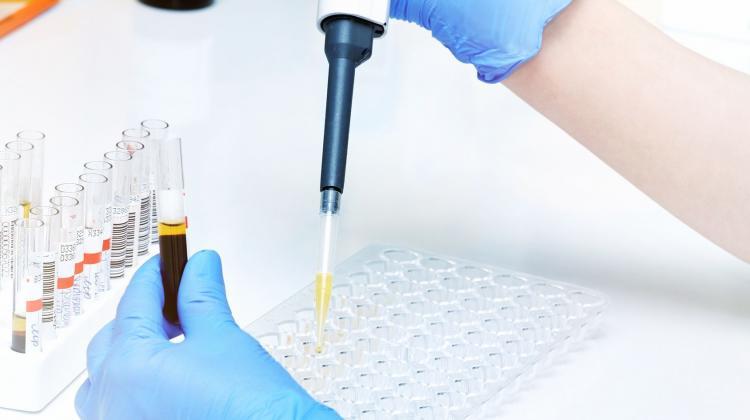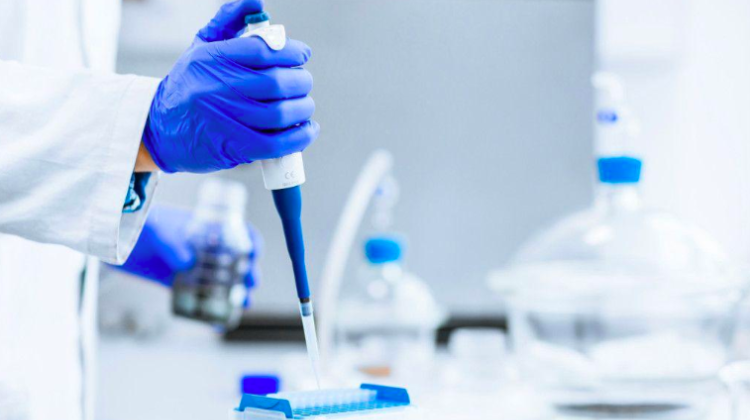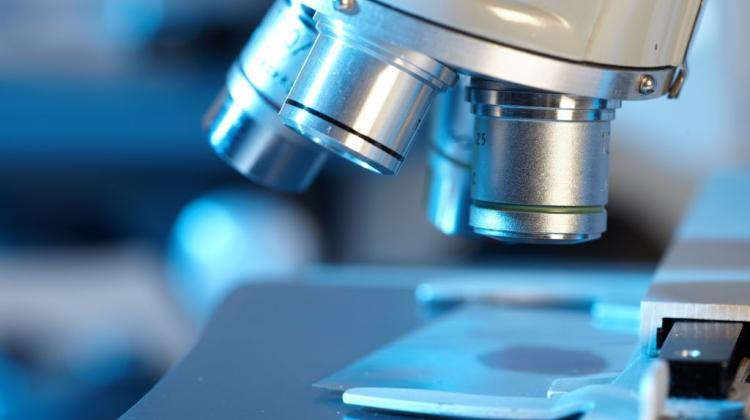Cancer Scientists Find Rare Form of Lymphocytes Could Help Fight Melanoma
 Credit: Fotolia
Credit: Fotolia
Scientists have discovered a new family of immune cells which can fight skin cancer.
The team led by Dr. Marek Wagner from the RIKEN Centre for Integrative Medical Sciences in Yokohama, Japan, found that the new form of lymphocytes, ILC2, has a key role in defending against melanoma cancer cells.
Melanoma is a highly malignant skin cancer which has a relatively high resistance to treatment.
In Poland, the incidence of melanoma has the highest growth dynamics among cancers, and the mortality rate is 20 percent higher than the European Union average.
A lack of knowledge about prevention and late detection rates account for some of the reasons.
Recently, immunotherapy has been the greatest hope for patients with advanced melanoma. It works not on cancer cells, but on the patient`s immune system, activating it to fight cancer.
But now the RIKEN Institute researchers have found that the newly discovered family of immune cells, group 2 innate lymphoid cells (ILC2), may form the basis for creating new methods of treating melanoma using the immune system.
Dr. Wagner said: “In our research, we have thoroughly examined the role of ILC2 in the development of melanoma.
“We have shown that ILC2 activated with the IL-33 signalling molecule inhibits tumour growth by producing IL-5 to recruit eosinophils into the tumour.
“In cancer, eosinophils produce mediators that participate in the process of killing cancer cells. However, with the growth of the tumour, we have seen a drastic decrease of ILC2 numbers, and in more developed tumours - their complete absence.”
Although innate lymphoid cells do not have T and B cell receptors or markers that are typical for lymphocytes, they are an important part of the innate immune system defending against bacterial, viral, fungal and parasitic infections, and they form lymphoid tissue.
The mucous membranes of the digestive system, respiratory system and skin are particularly enriched with innate lymphoid cells.
Based on the type of secreted signal molecules and transcription factor profile, innate lymphoid cells were divided into 3 subgroups: ILC1, ILC2 and ILC3 (more information - HERE and HERE).
The Scientists discovered that cancer cells inhibit the functioning of ILC2 in a tumour by over-accumulating lactic acid, which is a product of cancer cell metabolism.
Dr Wagner said: “When we reduced the expression of the gene encoding the enzyme responsible for the production of lactic acid in cancer cells, the level of ILC2 in the tumour increased, and the development of the tumour was inhibited.”
The discovery was published in the prestigious journal Cell Reports.
The goal of further research is to find safe methods to increase the number of ILC2 in a tumour in a targeted manner, as well as to investigate the role of ILC2 in other types of cancer.
PAP - Science in Poland
zan/ kap/
tr. RL
Przed dodaniem komentarza prosimy o zapoznanie z Regulaminem forum serwisu Nauka w Polsce.


















